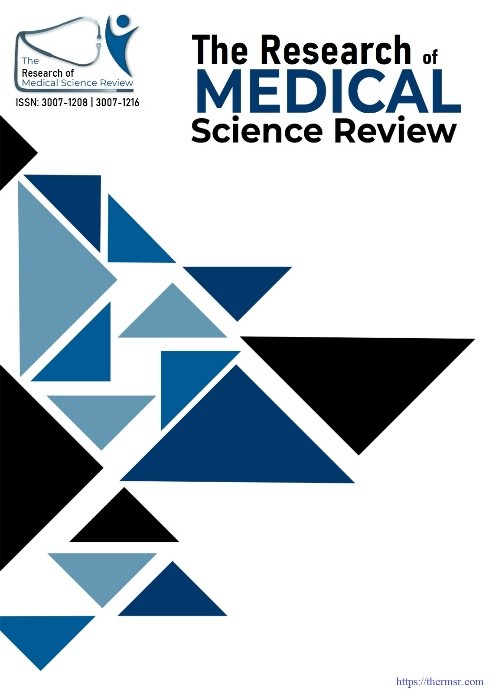DIAGNOSTIC ACCURACY OF ULTRASOUND BASED THYROID IMAGING REPORTING & DATA SYSTEM (TIRADS) IN DETECTING BENIGN & MALIGNANT THYROID NODULE TAKING BETHESDA SCORING AS GOLD STANDARD
Main Article Content
Abstract
OBJECTIVE: To evaluate the diagnostic accuracy of the TIRADS system in differentiating between benign and malignant thyroid nodules, using FNAC as the reference (gold) standard. METHODOLOGY: This analytical, cross-sectional observational study was carried out in the ENT and Radiology Department of Dr. Ruth K.M. Pfau Civil Hospital, Karachi. A non-probability consecutive sampling technique was used to gather data, resulting in a total study sample of 164 individuals. Thyroid nodules were categorized based on TIRADS guidelines. Patients underwent USG-guided FNAC, following the Bethesda System for Reporting Thyroid Cytopathology. Only cases falling under Bethesda class II (benign), class V (suspicious for malignancy), and class VI (malignant) were included for analysis. Data collection and statistical evaluation were performed using SPSS version 26 RESULTS: The investigation encompassed a cohort of 164 individuals with a mean age of 42.31 ± 14.16 years. A significant proportion of the participants (58.5%) fell within the demographic of individuals exceeding the age of 40 years, while 70.1% of the subjects were identified as male. The parameters of sensitivity and specificity were recorded at 84.85% and 78.63%, respectively, accompanied by a positive predictive value (PPV) of 50.00%, a negative predictive value (NPV) of 95.37%, and an aggregate diagnostic accuracy of 79.88%. CONCLUSION: The study demonstrates that the ultrasound-based TIRADS system exhibits good diagnostic accuracy in differentiating benign from malignant thyroid nodules when compared with the Bethesda scoring system. With high sensitivity, specificity, and particularly a strong negative predictive value, TIRADS proves to be an effective non-invasive tool for initial risk stratification, aiding in clinical decision-making and reducing unnecessary FNAC procedures in low-risk patients.
Downloads
Article Details
Section

This work is licensed under a Creative Commons Attribution-NonCommercial-NoDerivatives 4.0 International License.
